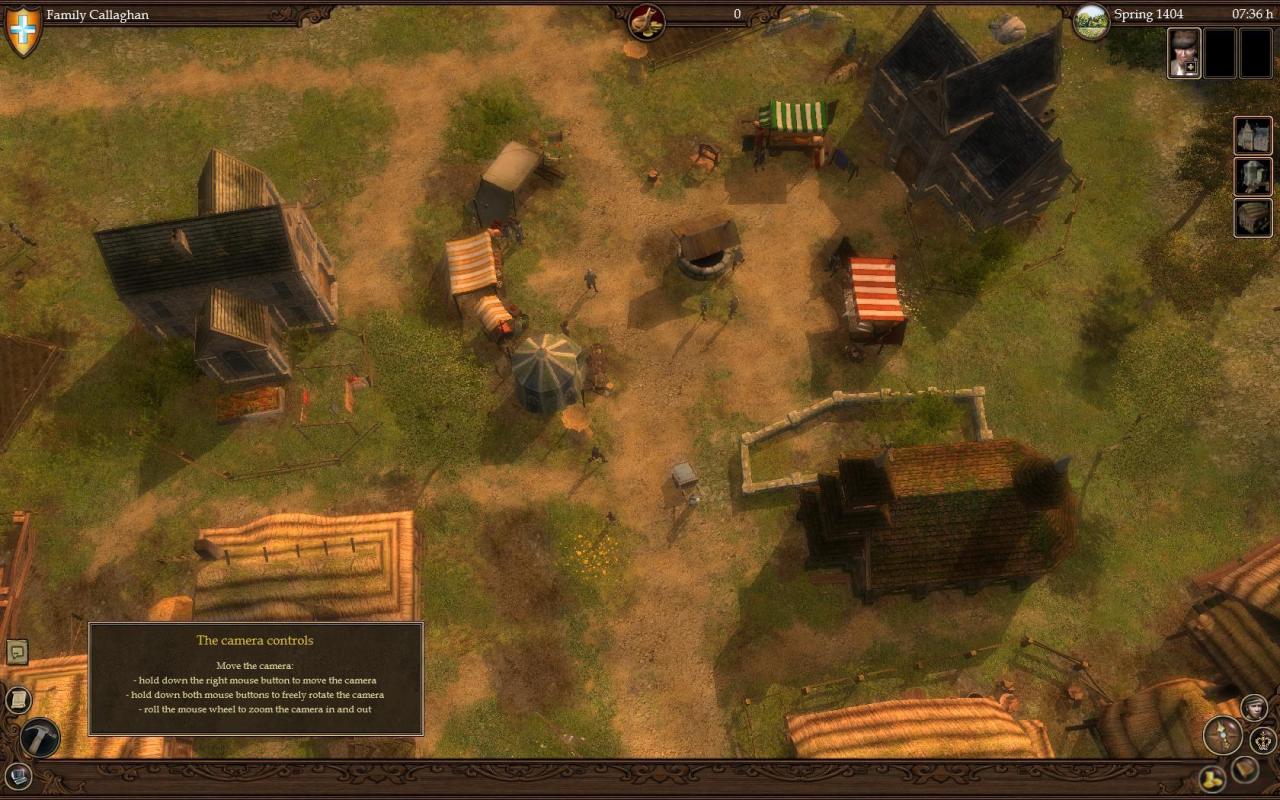
The earliest known rudimentary steam engine and reaction steam turbine, the aeolipile, is described by a mathematician and engineer named Heron of Alexandria in 1st century Roman Egypt, as recorded in his manuscript Spiritalia seu Pneumatica. Investigations are being made into the practicalities of reviving the reciprocating steam engine as the basis for the new wave of advanced steam technology. The steam turbine has become the most common method by which electrical power generators are driven.

The steam engine was used to pump water out of coal mines.ĭuring the Industrial Revolution, steam engines started to replace water and wind power, and eventually became the dominant source of power in the late 19th century and remaining so into the early decades of the 20th century, when the more efficient steam turbine and the internal combustion engine resulted in the rapid replacement of the steam engines. In 1712, Thomas Newcomen's atmospheric engine became the first commercially successful engine using the principle of the piston and cylinder, which was the fundamental type of steam engine used until the early 20th century. Several steam-powered devices were later experimented with or proposed, such as Taqi al-Din's steam jack, a steam turbine in 16th-century Ottoman Egypt, and Thomas Savery's steam pump in 17th-century England. The first recorded rudimentary steam engine was the aeolipile described by Heron of Alexandria in 1st-century Roman Egypt.


The 1698 Savery Steam Pump - the first commercially successful steam powered device, built by Thomas Savery


 0 kommentar(er)
0 kommentar(er)
